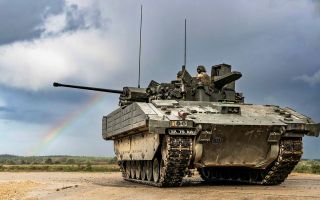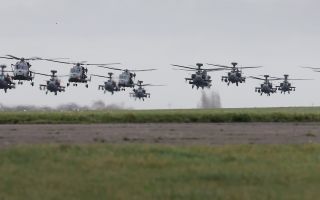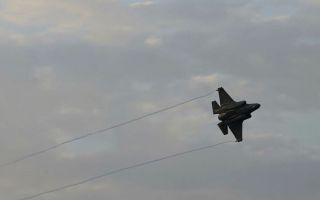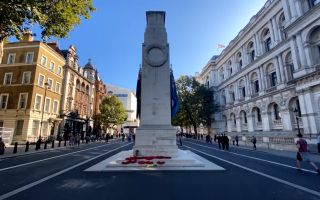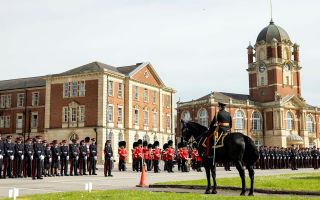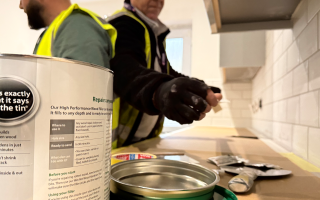Tri-Service
#SDSR2015: Looking At Our Land Forces - What To Expect?
In the five years since the last SDSR, the UK has withdrawn the majority of its ground forces from Afghanistan, but now faces a rapidly changing and worsening security threat.
The rise of the so-called Islamic State in Syria and Iraq, combined with instability across north Africa, is increasingly dangerous.
There is also the destabilisation of Europe's south-eastern flank, with Russia annexing Crimea and interfering in the Ukraine civil war. In 2010 the threat from Russia was seen as remote. Now it's very real.
What are the British Army's modernisation plans?
The new Ajax reconnaissance vehicle is in development, and will replace the old Scimitar, but it won't roll off the production line until 2017.
The Army still uses much older vehicles. Like the FV432 [pictured], which first entered service in the 1960s, now called the Bulldog following an upgrade to stretch its service life into the next decade.
SDSR 2010 took risks with readiness targets, making the assumption that the Army back in a contingency role wouldn't need to deploy quickly in large numbers. Under that plan, called Army 2020, manpower has dropped to 82,000 regular troops, with the reserves increasing to 30,000. It's a plan that still has another five years to go.
The challenge for the SDSR is to plan for a British Army that is well-trained, adaptable, multi-roled, capable of defence engagement, counter-insurgency as well as deterring Russian aggression.
More importantly the challenge is to learn the lesson of the last five years, and prepare for the unexpected threat nobody's even thought of yet.

